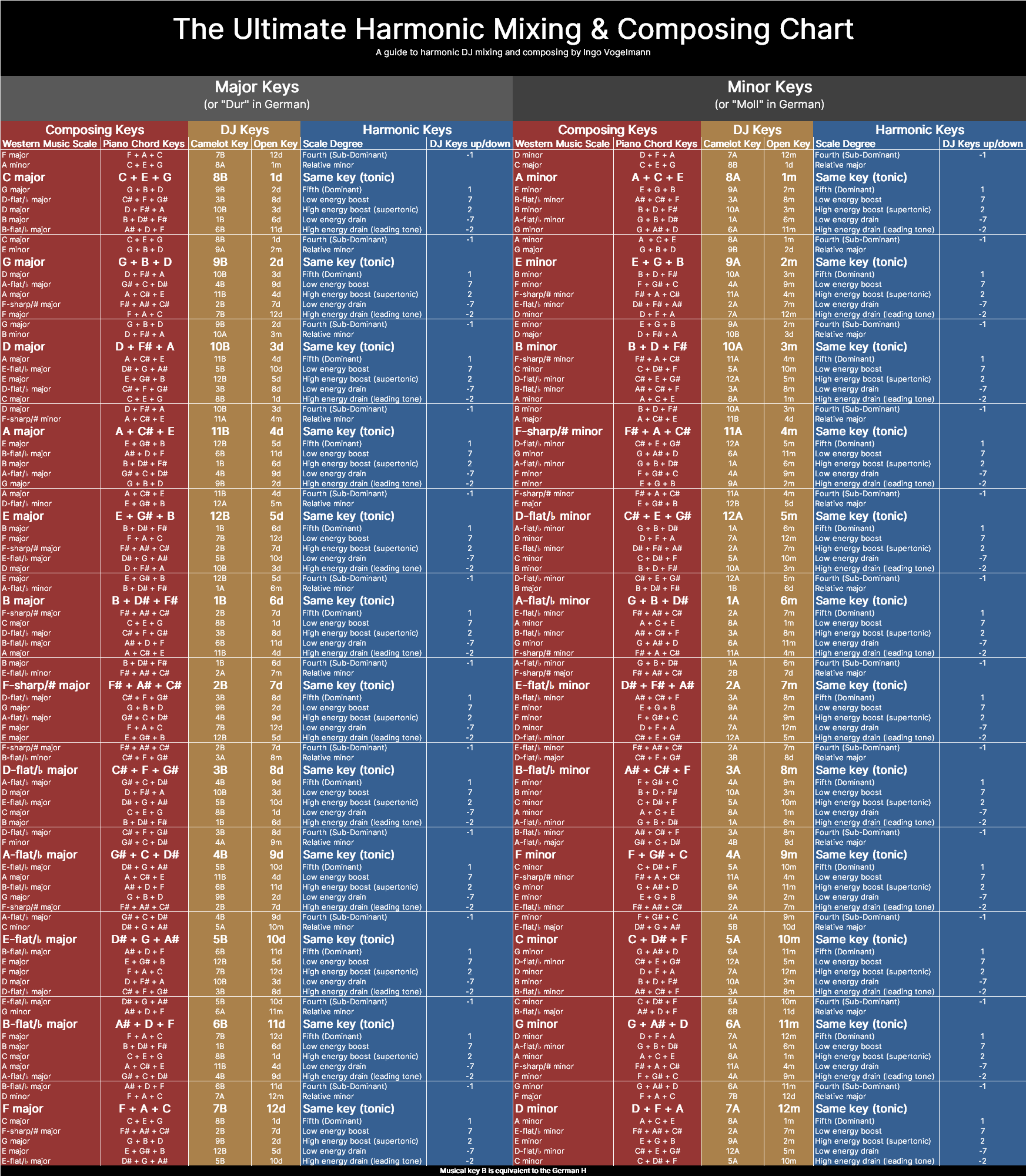I fear slowing down the development and implementation of AI more than the everyday use of it.
AI is not inherently good or evil, it’s basically a tool that can be used for a variety of purposes, and it is up to humans to decide how to use it. Many of the concerns about AI are based on science fiction and exaggerations rather than real-world applications and limitations of current AI technology. The development of AI is still in its early stages, and while it has shown significant progress recently, it is still far from reaching a point where it can pose a threat to humanity.
AI like ChatGPT is useful and somewhat impressive (or not) but far from dangerous. It knows less than humanity actually does. It has no capacity for opinion, emotion or decision-making. And it is precisely these 3 things that get us into trouble as humans.
Artificial intelligence is only as “intelligent” as we feed such a system with data. So, it always depends on how intelligent the feeder is and how extensive and balanced the data is. I highly doubt very stupid people would have access to this feeding process or even understand how to feed.
That brings me to our real problem: ignorant or stupid people.
Now if you think I’m about to bash people with a lack of mental abilities, read on first.
The actions of unintelligent or ignorant people have a greater negative impact on society than those of intentionally malicious individuals, like say Donald Trump (who is both stupid and ignorant, the most dangerous combination). While both ignorance and intentional malice can and do certainly have negative consequences, it is also true that people who are uninformed or lack critical thinking skills inadvertently make poor decisions that harm others.
Some people can be a bit dim about certain things, and we often make fun of them in a light-hearted way. However, stupidity can be a serious problem. Stupid people can be even more dangerous than evil people because they are harder to identify and fight against. Unlike evil, which we can recognize and protest against, stupidity is much more difficult to combat because we are more tolerant of it and the stupid person is often not open to reason.
Stupidity often goes hand-in-hand with power, which can make it even more dangerous. When someone becomes part of the establishment or holds a position of authority, they often surrender their critical thinking and reflection, becoming more like an automaton. That’s a dangerous weapon because it can be easily guided, steered, and manipulated by evil people. Therefore, while we can laugh at moments of ignorance in our close company, we should be scared and angry when stupidity takes reign.
But there’s also a lot of danger in pure ignorance.
Ignorance is often simply a refusal to use one’s opportunities to do good or right for reasons of convenience, fear, or disinterest. It is the choice to not seek out or engage with information. Ignorance is mainly a decision, and it’s a bad one.
Stupidity, on the other hand, is a lack of intelligence or cognitive ability. It can be permanent or the result of a cognitive disability or developmental disorder. Stupidity is not a choice, and those who are affected by it may not be able to overcome it through education or learning.
In any case, I think the solution is access to education, diversity and experience. People who see a lot and experience a lot become smarter, that’s a fact. I myself also went through the world with prejudices and false misconceptions until I experienced it up close as it really is. That allowed me to learn and correct myself.
It is of secondary importance which cognitive abilities a person has. A mentally handicapped person tends to make better decisions than a person of high intellectual ability who is uneducated.
As such, I’ve always had more problems with intellectually capable people who refuse education, diversity, and experience — such as some religious people, without naming names — than with those who try their best.
The ignorant ones definitely worry me more. AI doesn’t worry me at all. Hopefully, when people are finally relieved of stupid work by artificial intelligence, they will learn to have time for what really matters.
Update 20 February 2023
Check this article: www.vice.com/en/article/k7bdmv/judge-used-chatgpt-to-make-court-…

